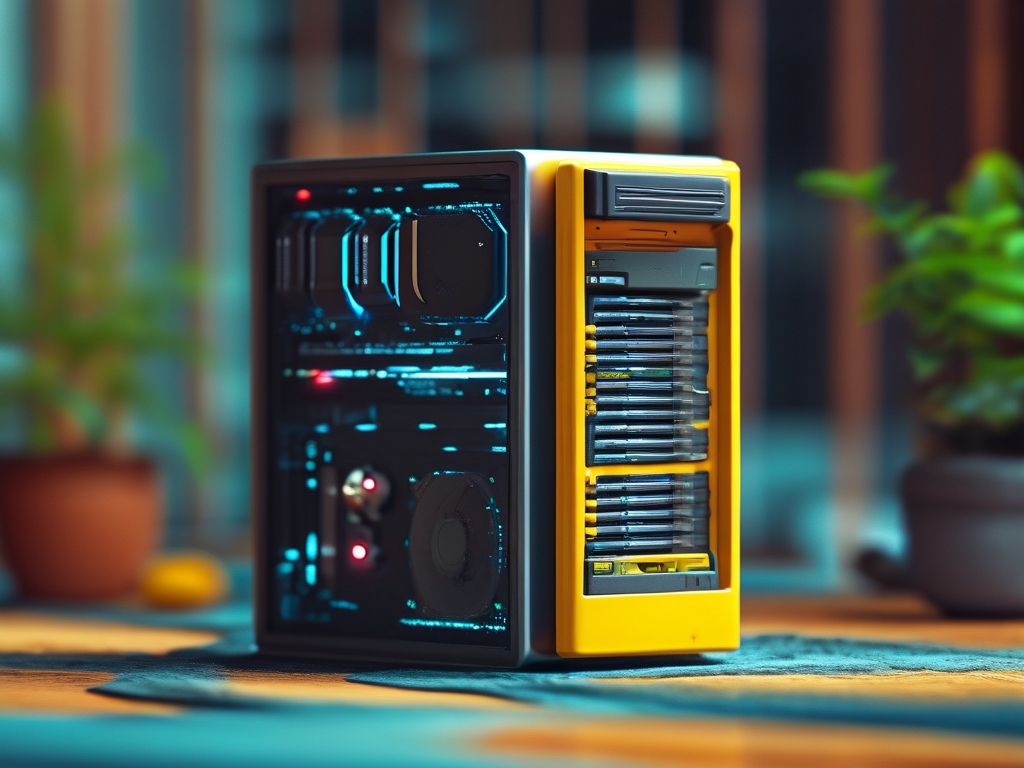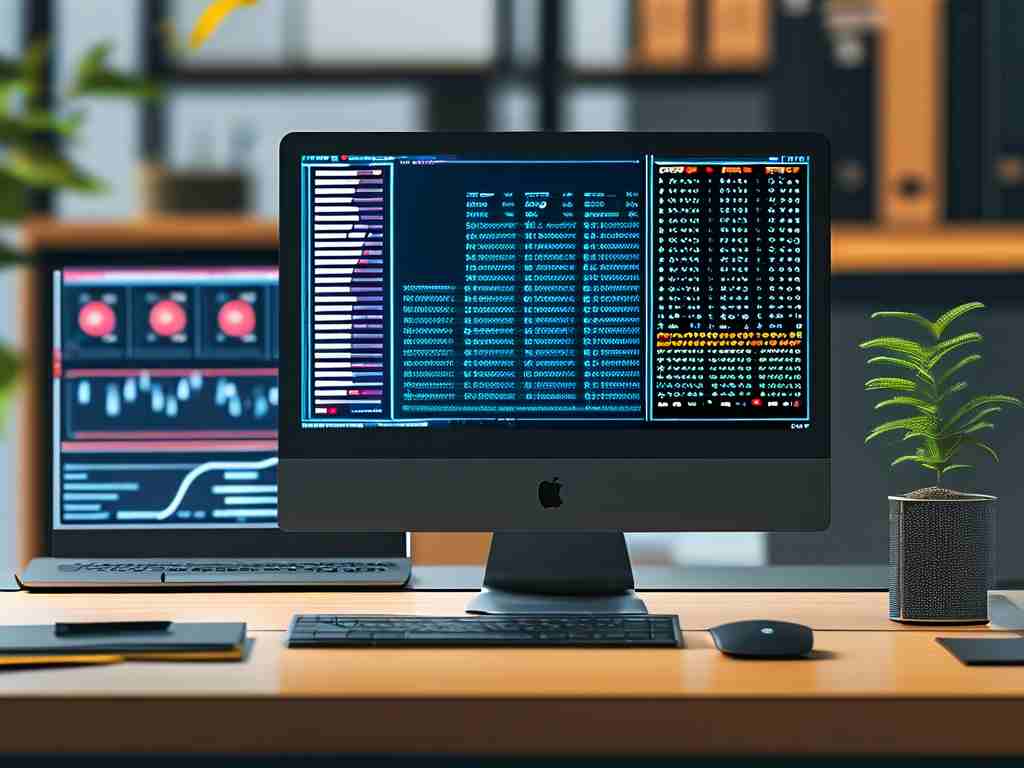In the digital age, efficient memory management is critical for maintaining optimal system performance. One key aspect of this process is the clearing of memory data by management systems. Whether in operating systems, mobile apps, or enterprise software, memory management ensures resources are allocated effectively, preventing slowdowns and crashes. This article explores the importance of memory data cleaning, methods to achieve it, and best practices for implementation.
Why Memory Data Cleaning Matters
Memory stores temporary data required for active processes. Over time, unused or residual data accumulates, leading to memory fragmentation or leaks. For example:
- Mobile devices: Background apps consume RAM, causing lag.
- Servers: Unreleased cache data reduces processing efficiency.
- Applications: Memory leaks in code degrade user experience.
Without regular cleaning, systems become sluggish, security risks increase (e.g., sensitive data lingering in memory), and hardware lifespan shortens due to overheating from excessive resource usage.

How Memory Managers Work
A memory manager oversees allocation, deallocation, and optimization. Key functions include:
- Monitoring: Tracking active vs. idle memory blocks.
- Garbage Collection: Automatically removing unreferenced data.
- Compaction: Rearranging fragmented memory to free contiguous space.
For instance, Android’s Low Memory Killer terminates background processes when RAM is scarce, while Windows’ Memory Manager uses paging files to offload less critical data to disk.
Methods for Clearing Memory Data
1. Automatic Cleaning
Most systems employ built-in algorithms:
- Garbage Collectors (GC): Used in Java and .NET frameworks to identify and delete unused objects.
- LRU (Least Recently Used) Algorithms: Prioritize retaining frequently accessed data.
- Scheduled Cleanups: OS-level routines that purge temporary files or cache at intervals.
2. Manual Intervention
Users or administrators can:
- Restart Devices: Flushes volatile memory (RAM).
- Use Task Managers: Force-stop apps or processes.
- Configure Settings: Limit background data usage in apps like browsers.
3. Third-Party Tools
Software like CCleaner or Memory Optimizer offers advanced cleaning, though overuse may cause instability.

Best Practices for Effective Memory Management
- Regular Audits: Monitor memory usage patterns to identify leaks.
- Prioritize Critical Processes: Allocate resources to high-priority tasks.
- Update Software: Patches often include memory optimization fixes.
- Avoid Overloading: Limit simultaneous resource-heavy applications.
Challenges and Solutions
- Balancing Speed and Cleanup: Aggressive cleaning can slow systems. Solution: Use adaptive algorithms.
- Compatibility Issues: Older hardware may struggle with modern managers. Solution: Upgrade drivers or hardware.
- Security Risks: Residual data may expose sensitive info. Solution: Implement secure erasure protocols.
Future Trends
Emerging technologies like AI-driven memory managers promise smarter allocation. For example, machine learning can predict usage patterns to preemptively clean memory. Similarly, non-volatile RAM (NVRAM) could reduce reliance on traditional cleanup methods.
Clearing memory data is not just about freeing space—it’s about ensuring reliability, security, and longevity of systems. By combining automated tools, manual oversight, and proactive strategies, users and organizations can maintain peak performance in an increasingly resource-dependent world.









